- The rapid development of China's economy drives the continuous expansion of infrastructure construction
- Some institutions believe that the central and western infrastructure investment will continue to maintain high growth in order to play its role in stabilizing the social economy
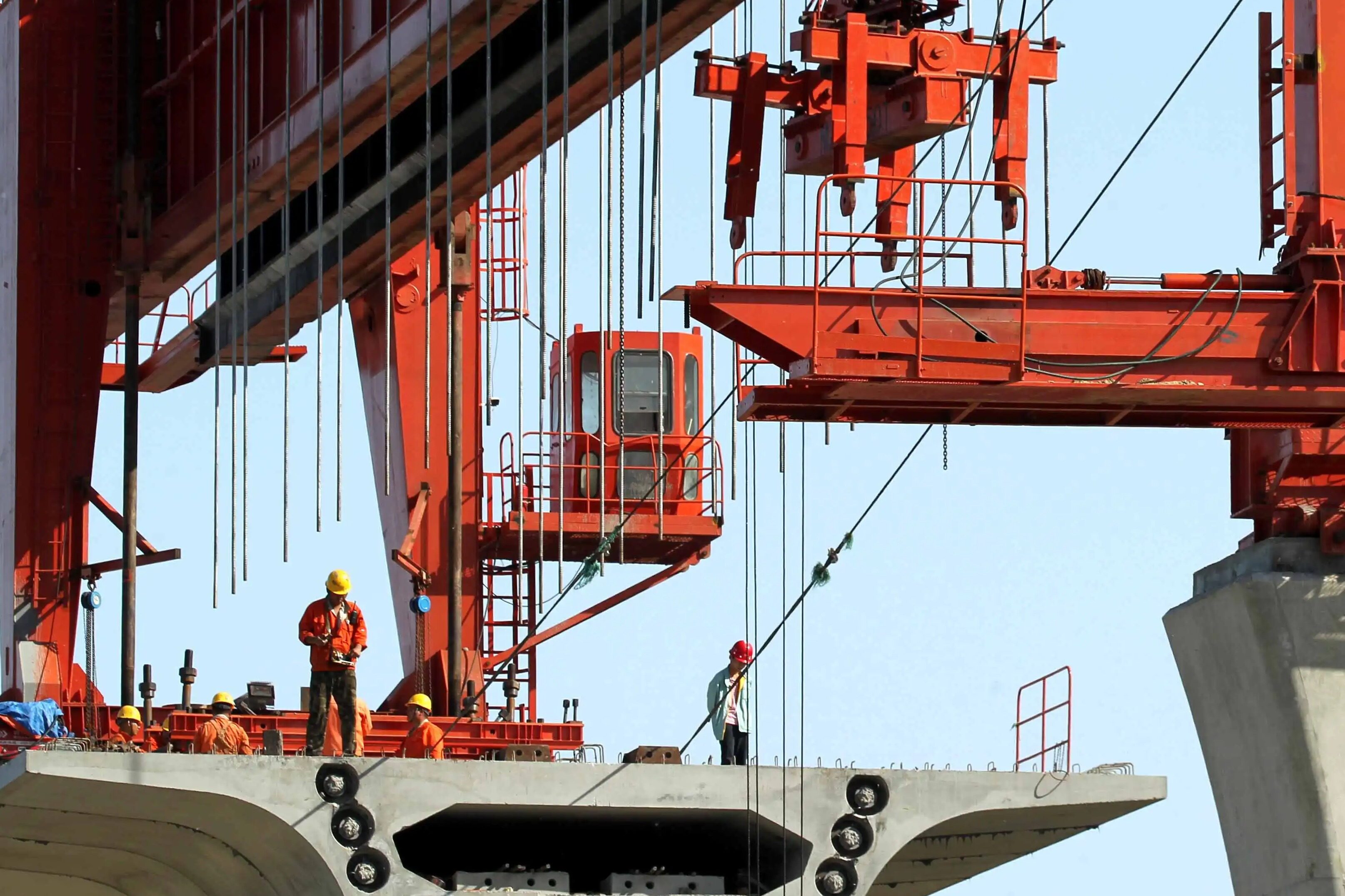
Amid the ups and downs of the economic cycle, each recovery has continued to evolve with the times in discretion. Since 2022, China has accelerated the construction of a modern infrastructure system, especially in the central and western regions. The central and western regions have made efforts to deploy infrastructure construction. In the first half of the year, the investment growth in the central and western regions was faster than that in the eastern regions. In the future, the central and western regions will also intensify efforts to improve infrastructure. Traditional infrastructure fields such as transportation and energy are still the focus. New infrastructure such as 5G and data center construction are also given more expectations.
Industry insiders believe that the improvement of infrastructure in the central and western regions will bring more development opportunities for the local area, and will also greatly improve the level of national infrastructure interconnection, which will strongly support steady growth and add stamina to development.
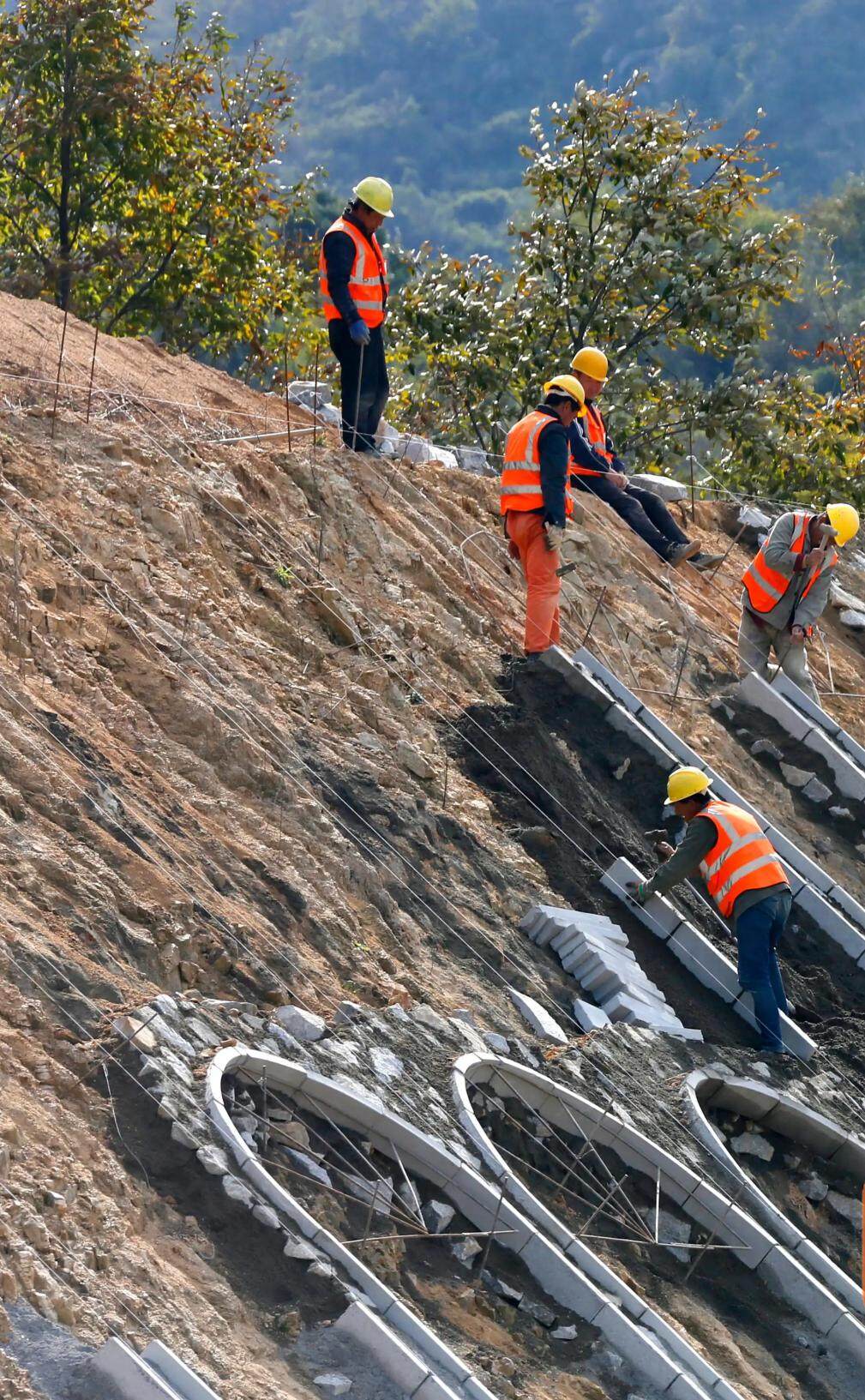
At the construction site of the Etunbullak-Ruoqiang Expressway in Xinjiang, the builders are sweating and fighting hard, and are stepping up the finishing work of supporting ancillary facilities to ensure that the project will achieve the goal of opening to traffic on August 30, when the third entry and exit Xinjiang will be formed. Great highway.
Since 2022, Xinjiang has accelerated the construction of major infrastructure support systems such as transportation, water conservancy, power and communications, and implemented 171 key projects, accounting for 46% of Xinjiang's key projects, with a total investment of 938.3 billion yuan and an annual planned investment of 126.4 billion yuan.
Investment and construction of infrastructure projects in the central and western regions accelerated
Anhui plans to build a national integrated computing power network in the Yangtze River Delta hub node, and coordinate the construction of the Yangtze River Delta Industrial Internet Demonstration Zone; Sichuan plans to complete the Tianfu data center cluster starting area by 2025, and the province's data center scale will reach 500,000 racks and clusters. The rack scale in the starting area reaches 300,000.
"Building a modern infrastructure system", "Accelerating the promotion of water conservancy projects, transportation infrastructure investment, urban underground comprehensive pipe gallery construction, etc." "Supporting the improvement of infrastructure and business environment in the central and western regions"... Since 2022, from the central to the local , a series of policy measures to comprehensively strengthen infrastructure construction, and the central and western regions have become the focus of the layout.
According to data from the National Bureau of Statistics, in the second quarter of 2022, the GDP of the central and western regions increased by 2.3% and 2% year-on-year respectively, both faster than the national growth rate. In the first half of the year, the added value of industries above designated size in the central and western regions both increased by 7.3% year-on-year, 5.1 percentage points faster than that in the eastern region. Fixed asset investment in the central and western regions increased by 10.7% and 8%, respectively, 6.2 and 3.5 percentage points faster than that in the eastern region.
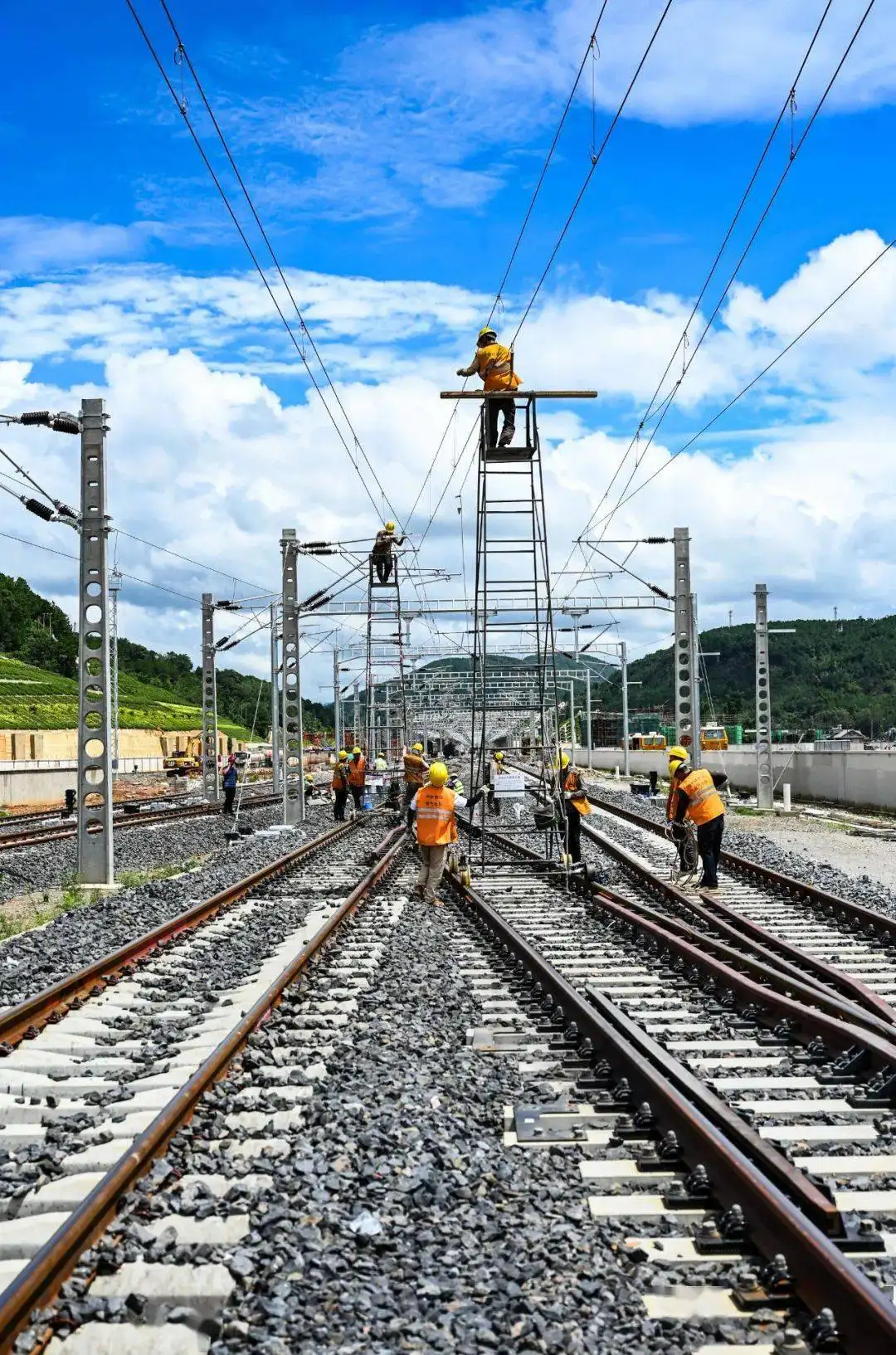
"In recent years, the pace of infrastructure construction in the central and western regions has been accelerating, and it has played an important role in promoting coordinated regional development, supporting the smooth operation of the economy and high-quality development, but there are still some shortcomings. For example, the layout of comprehensive transportation channels is still It is not perfect, and the construction of multi-level integrated comprehensive transportation hubs is relatively lagging behind." Xie Yurong, deputy director of the National Development and Reform Commission's Institute of Land Development and Regional Economics, said in an interview with reporters.
How to further improve the infrastructure in the central and western regions
Traditional infrastructure fields such as transportation and energy are still the focus of efforts. Focusing on networking, supplementing the network, and strengthening the chain, major projects have been accurately implemented one by one.
Taking highways as an example, the "National Highway Network Planning" released recently proposed a layout plan for the national highway network by 2035. For the western region, which is sparsely populated, relatively lagging behind in economic and social development, and still has large blanks in traffic, it is even more difficult. Pay attention to the expansion and networking of national highways. "More than half of the newly added national highways are located in the western region, mainly to improve the transportation conditions in and out of Xinjiang and Tibet, enhance the capacity of the new land-sea corridor in the west, strengthen the hub function of the Chengdu-Chongqing economic circle, and strengthen the borders to borders and other key areas. Road network resilience, improving the efficiency of high-quality industrial resources connectivity, etc." said Wang Songbo, deputy director of the Comprehensive Planning Department of the Ministry of Transport.
While making up for the weak points of the weak board, adjust the structure to increase the stamina. In Xie Yurong's view, the central and western regions should seize the opportunity of modern information technology development, coordinate the promotion of traditional infrastructure and new infrastructure construction, and actively plan and advance the layout in the field of new infrastructure to achieve leapfrog development.

Both new and old infrastructure are being built, and many places have stepped up their planning efforts. During the "14th Five-Year Plan" period, Hunan will invest more than 3 trillion yuan to promote 809 infrastructure projects such as the Changjiang-Jiangxi high-speed railway, the direct connection between Changyichang and Wuhan-Guangzhou high-speed railway, the reconstruction and expansion of Changsha airport, and the UHV external communication channel.
Xinjiang should actively expand effective investment in the future. Accelerate the construction of 5G, water conservancy, transportation, power and communication industrial Internet, and big data centers to lay the foundation for the digital and intelligent transformation of the industry.
"From the perspective of the current and future economic and social development needs of the whole region, investment is still the main driving force for Xinjiang's economic growth." Zhang Yongliang, deputy director of the Project Construction Management Department of the Xinjiang Uygur Autonomous Region Development and Reform Commission, said. Keywords: infrastructure, infrastructure construction, domestic engineering news, planning and investment
Xie Yurong said that supporting the improvement of infrastructure in the central and western regions can expand effective investment and promote economic stabilization and recovery. At the same time, by accelerating the improvement of infrastructure shortcomings, improving the production and living environment, enhancing people's well-being, and improving supply chain security capabilities, the comparative advantages of labor, land, raw materials, and energy in the central and western regions will be fully utilized, and the attractiveness of industrial layout will be significantly enhanced. , bringing more development opportunities to the local area. In addition, the improvement of infrastructure in the central and western regions will greatly improve the level of national infrastructure interconnection, form the coordination of the east, middle and west, upstream and downstream industrial chain and supply chain linkage, and strongly support the high-quality economic and social development. Editor / Xu Shengpeng
Comment
 Praise
Praise
 Collect
Collect
 Comment
Comment
 Search
Search


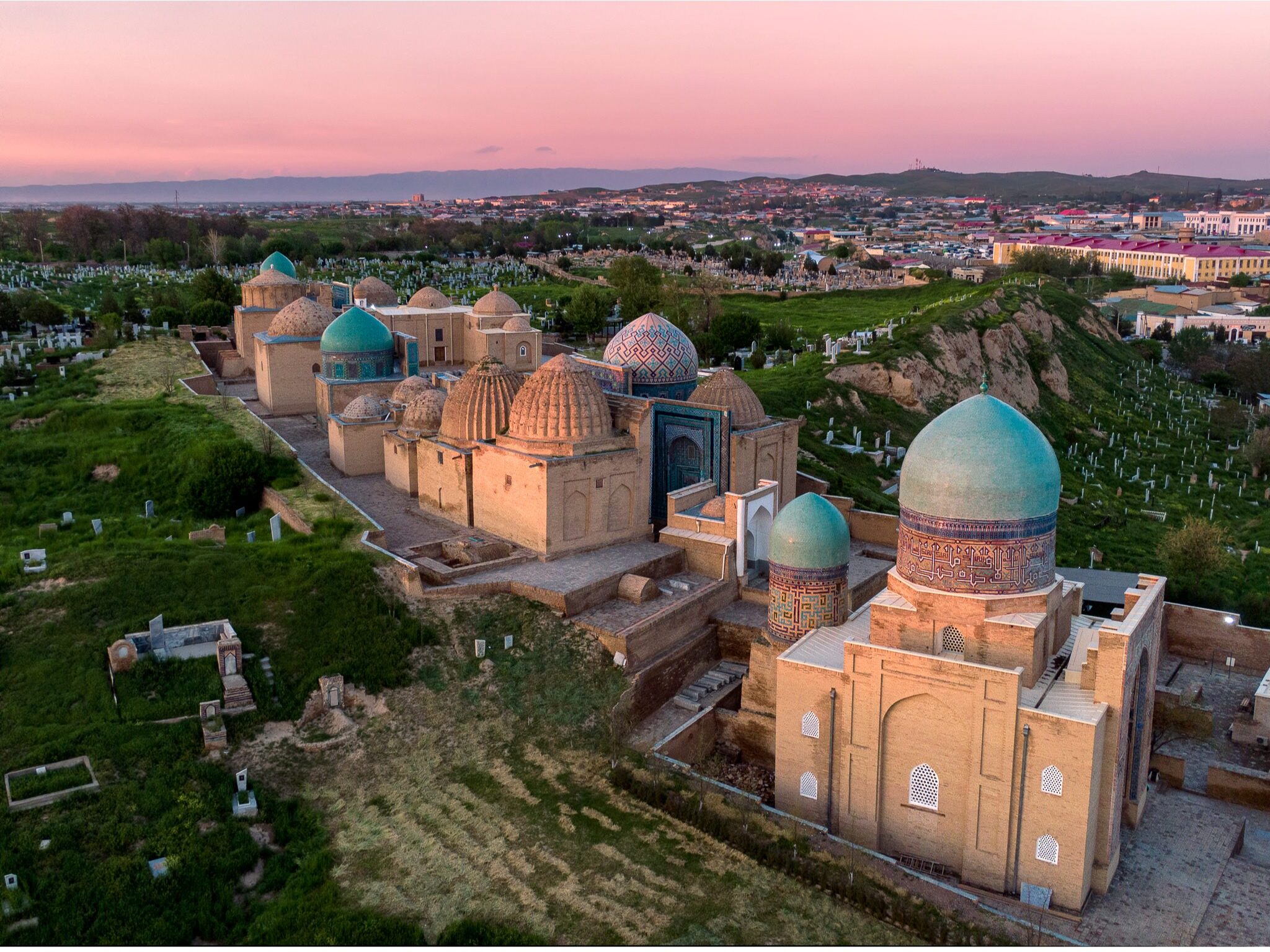
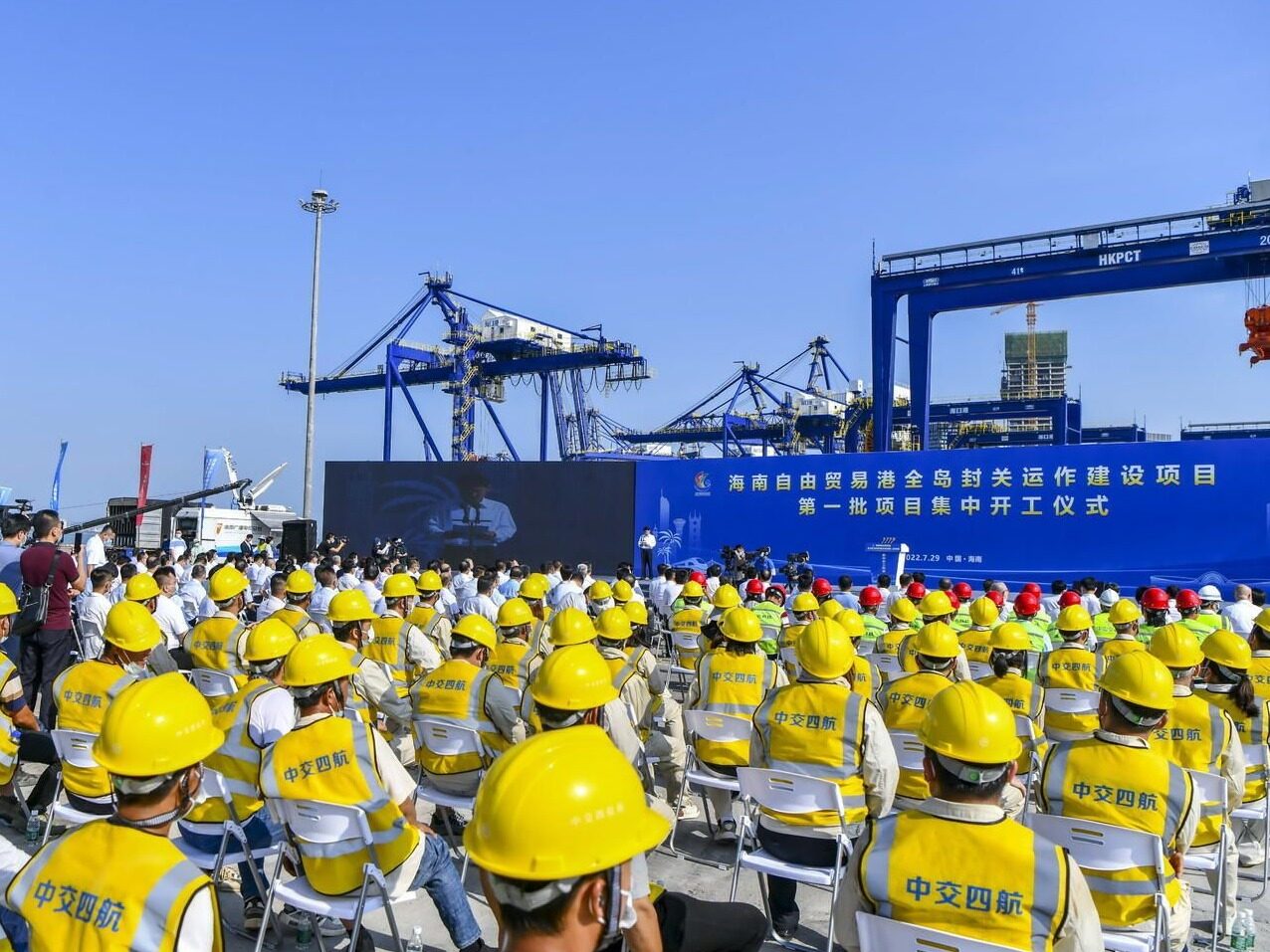



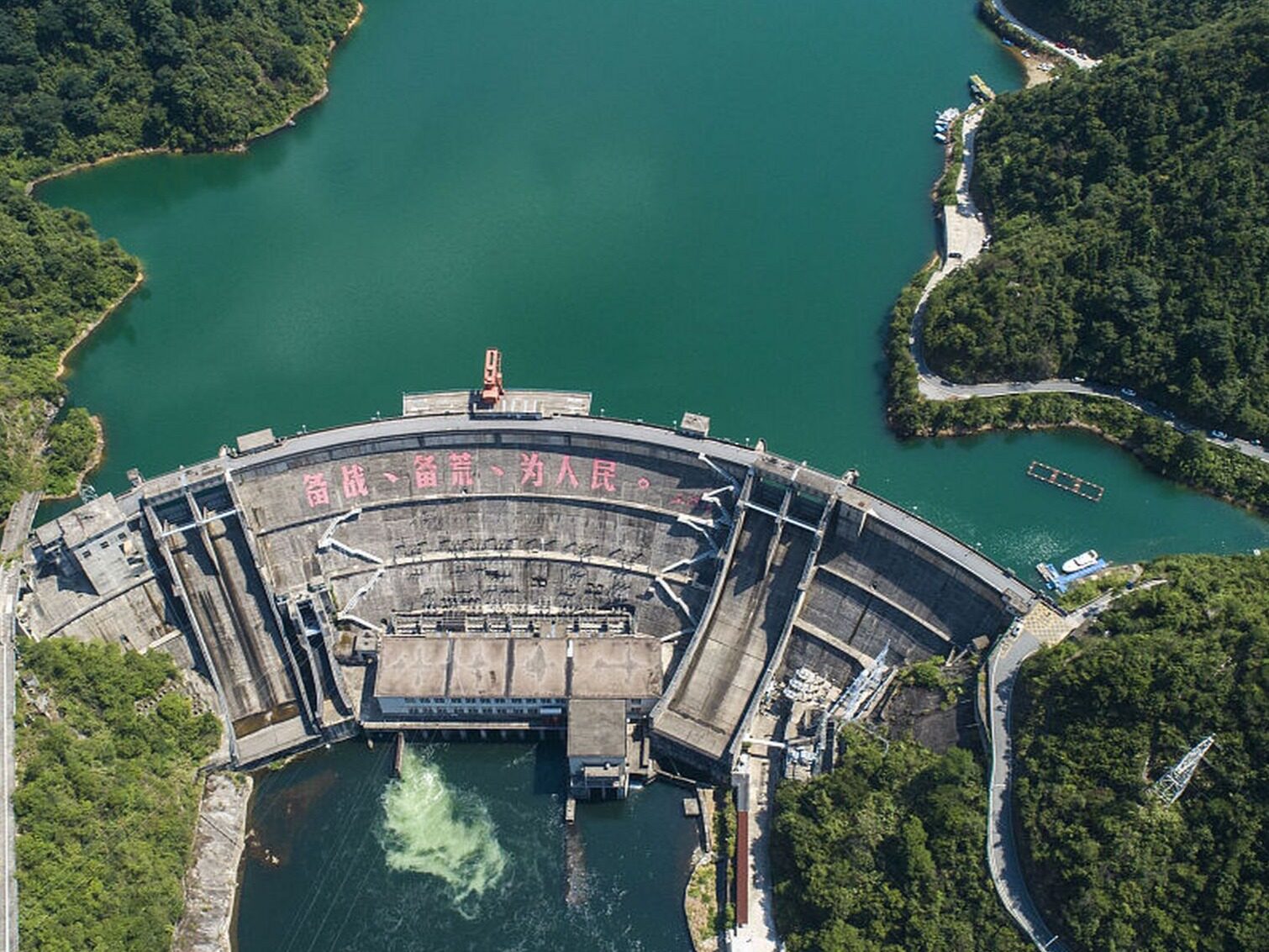






Write something~